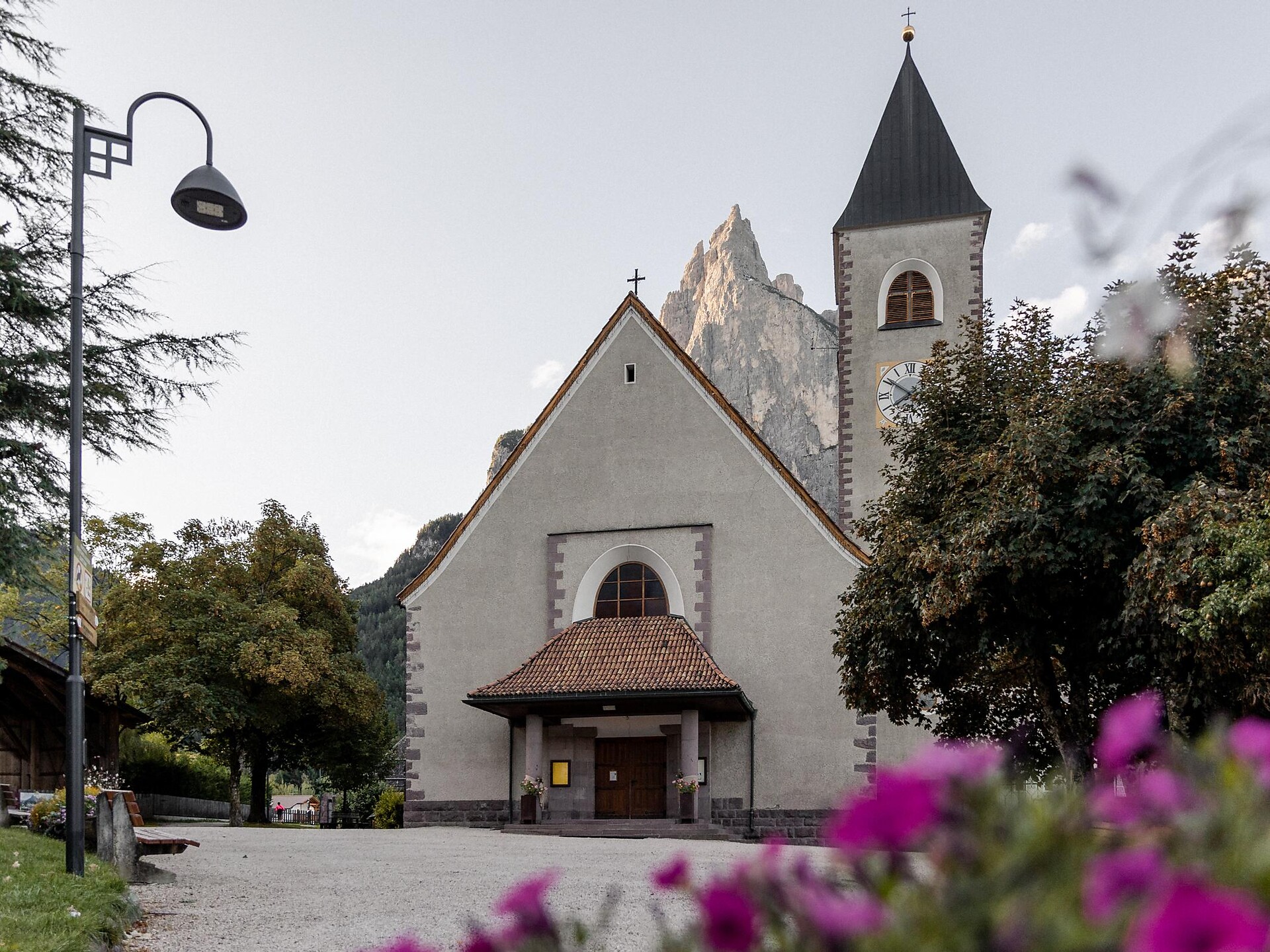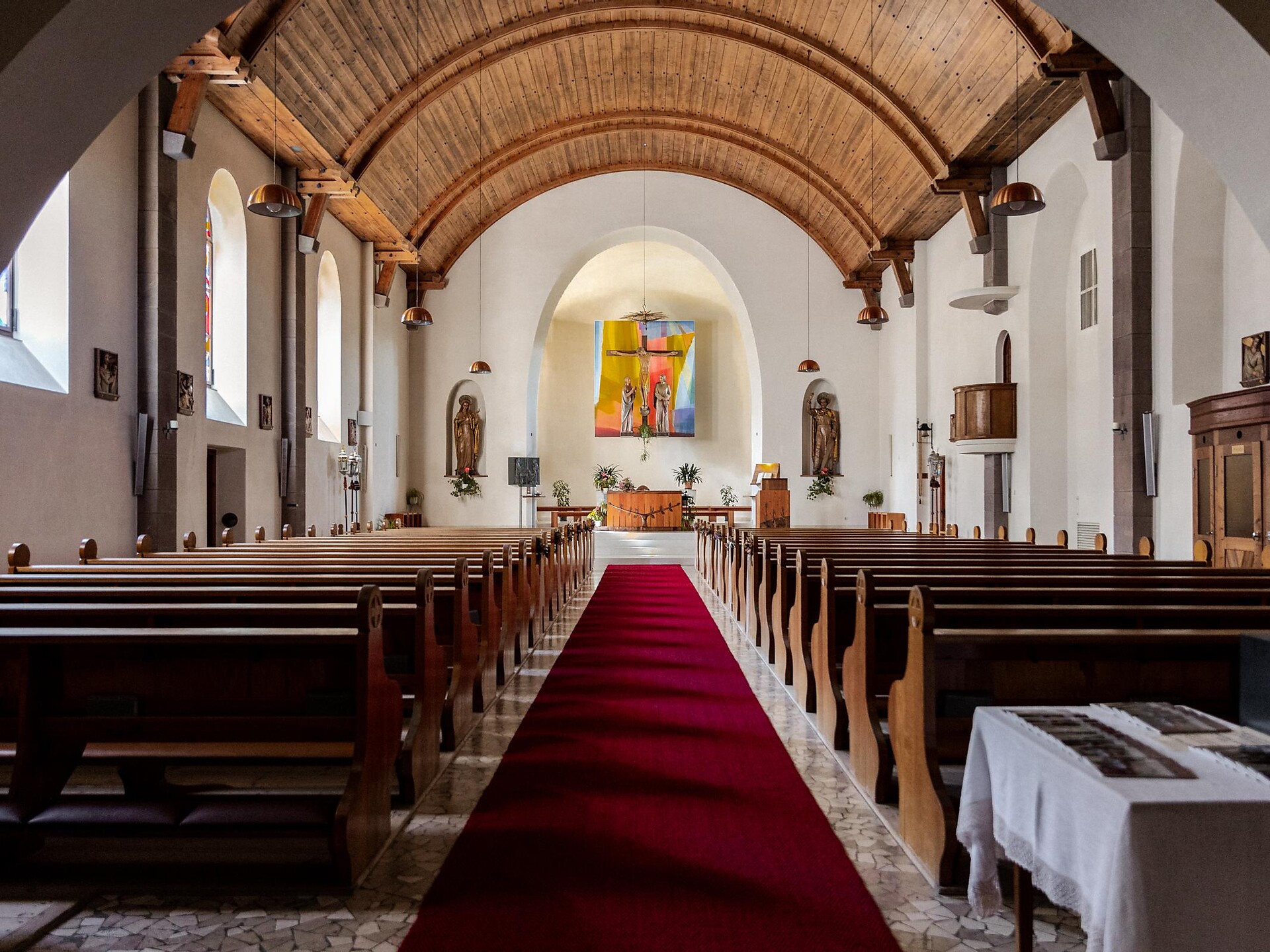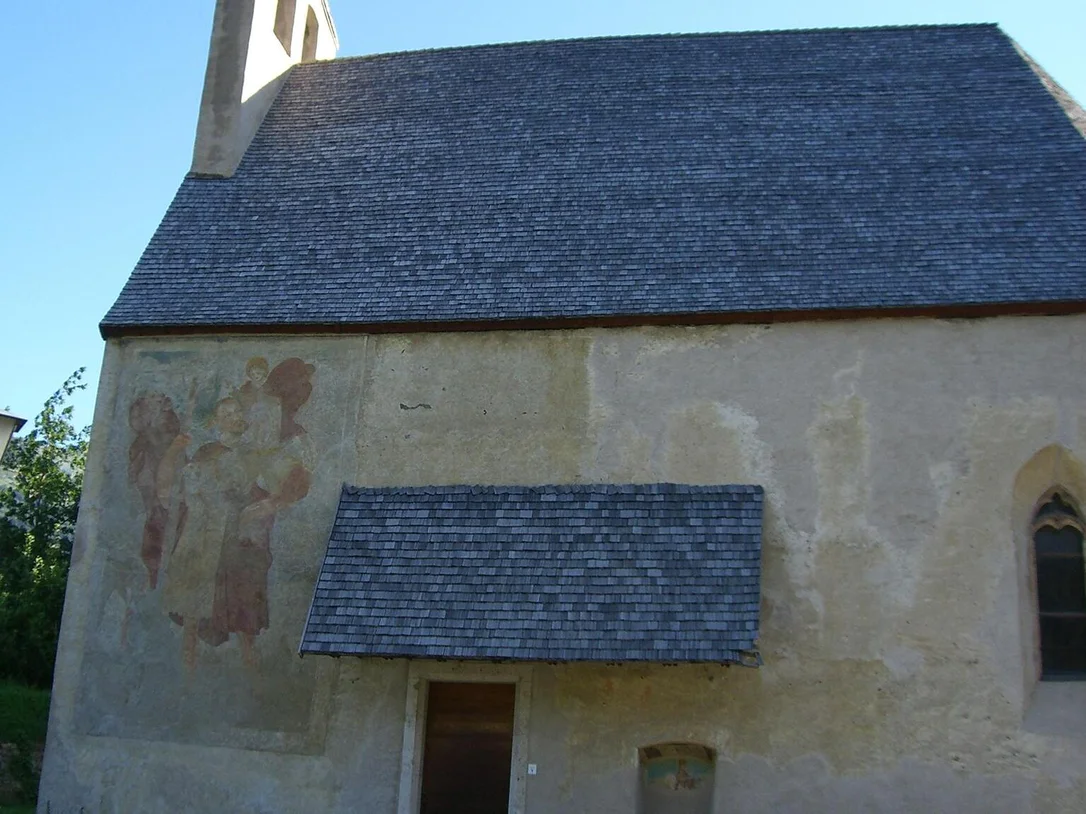After the tight canyon at the entrance to the valley, the valley widens and you will see the chapel of the village of Monte S. Caterina/Katharinaberg on your right. The chapel is like a signpost for the village. Once upon a time, this rocky hill was crowned with the castle of the „Lords of Schnals“, which gave the valley its name. Not only the inhabitants, but also our guests enjoy life in the village: the mild climate, lots of sun, stillness, wonderful hiking routes with direct access to the Merano High Mountain Trail in the Texelgruppe Nature Park, as well as some picturesque views into the valley and over the mountains.






















































